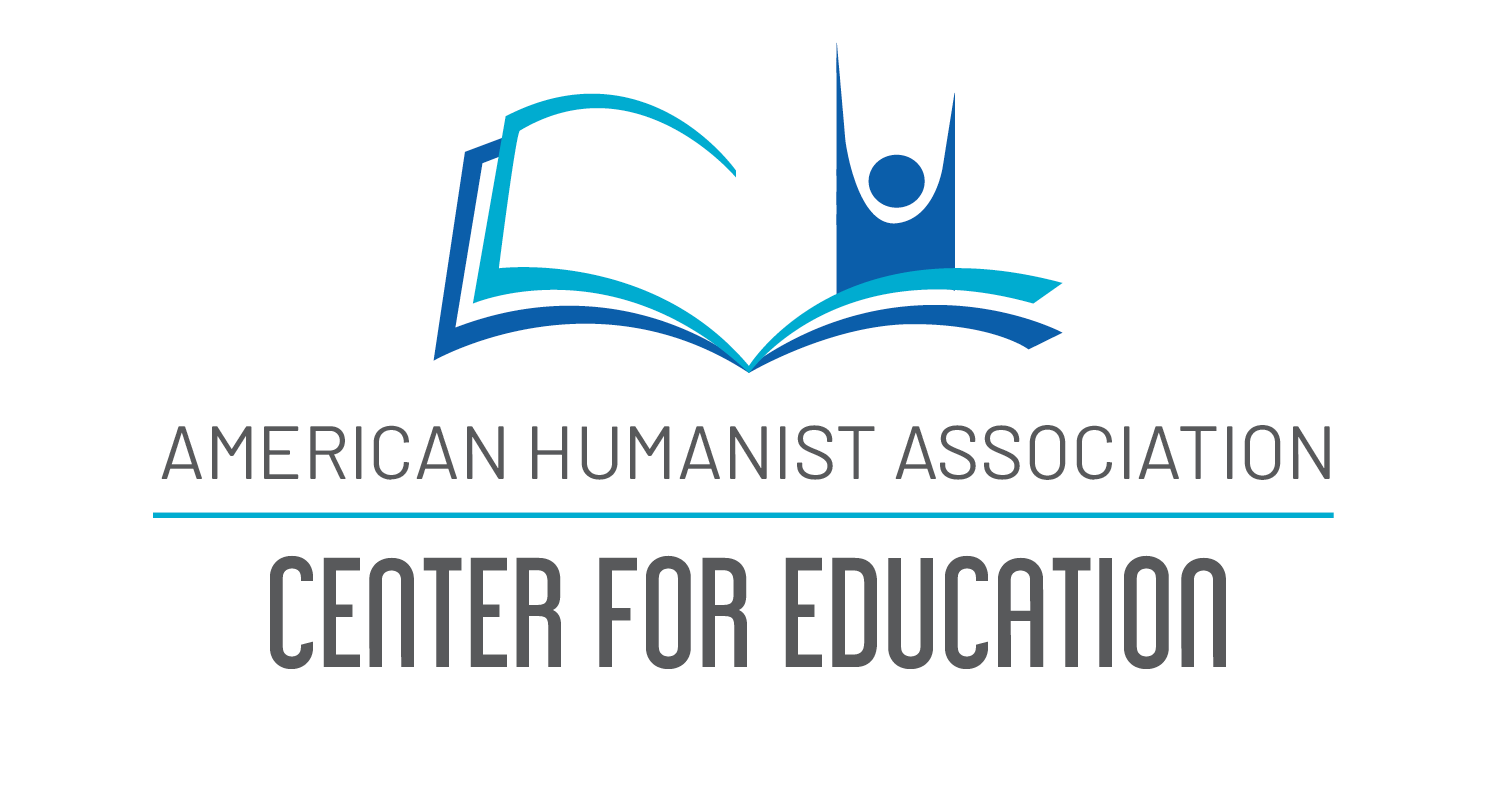Examples in each of these categories are easy to bring to mind, since so many of them impinge directly on our own lives or those of our friends. “Triage” – the classification of injured individuals into treatment categories dependent on the severity of their condition -is a well-known form of decision-making about allocation of medical resources. Where medical personnel, supplies, and/ or equipment are the limiting resource, individuals who are critically injured are set aside, along with those injured whose wounds are not life-threatening. The intermediate group is thus treated first, the underlying idea being that the greatest number can be saved with the most efficient allocation of resources; those critically injured people who have survived the delay in treatment can then be taken care of, as well as the comparatively superficially injured.
Advances in medicine in the 20th century have greatly enlarged the “scarce resources” category without really altering the fundamental ethical questions that must be answered. Less than fifty years ago, penicillin was a scarce medical resource, and many individuals whose lives could easily have been saved died because of the limited amount of this antibiotic available. More recently, this category has come to include certain diagnostic tools (e.g., CAT scanners, imaging NMR devices, etc.), treatment apparatus (e.g., kidney dialysis machines, intensive care life-support equipment), and organs for transplant. In some cases, geographical location alone (big city vs. rural community) militates against fair and equitable access, while in other cases, resource availability can depend on money, age, “worth to the community,” or simply the immunological characteristics of the individual.
Modern medical technology has also changed the fundamental definition of death. Cessation of heartbeat used to be the criterion for death, since the circulatory system could not be restarted once it stopped. However, the increased understanding of cardiac function has enabled medical personnel to repair and even restart hearts irrespective of the condition of other bodily systems, which partially or completely invalidates this criterion of death. The only organ whose cessation of function is currently irreversible is the brain. It is known that certain brain waves (monitored using electroencephalography) are associated with consciousness, thought, perception, etc., and that the flattening of these waves is associated with permanent loss of the functions monitored by them. Death can thus be defined in many otherwise ambiguous situations by the nature of the electroencephalography trace. It should also be noted here that, for the first time in humankind’s existence, a working definition of death has arisen which is not based solely on physiology; the correlation of brain function with consciousness and perception implicitly defines what “personhood” is and determines a medical stance on the mind/ body problem.
The definition of “brain death” as death has itself created serious ethical problems. The same advanced technology that can be used to determine whether an individual is alive or dead can also maintain the physical processes classically associated with life long after brain death. The question of whether to “pull the plug” is a direct outgrowth of the conflict between the old and new definitions of death and, at this time, there is no uniform code; living wills having no legal validity, the burden of decision is placed on lay individuals who frequently are guided by the “old” criteria. Even if they agree to “pull the plug” – due to a persuasive doctor or counselor, or simply for financial reasons -they are oppressed by a sense of guilt that can pervade their lives.
